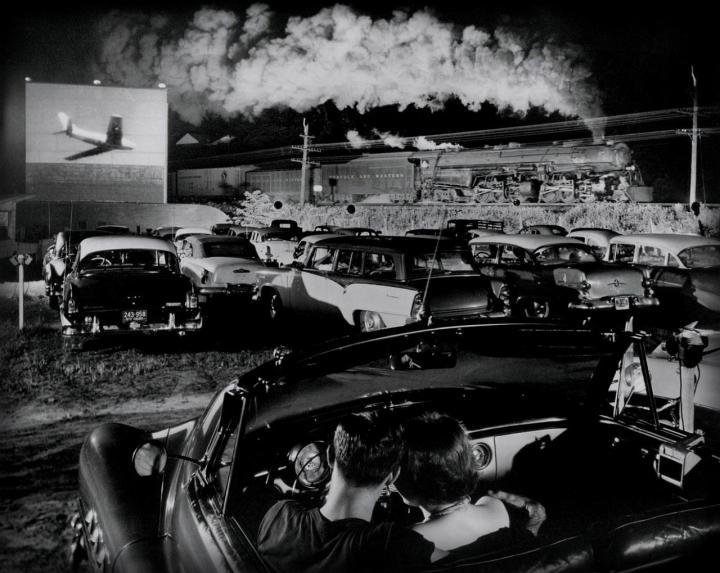
When your grandparents (and great grandparents) were teens and wanted to get in a little private time, they paid 50 cents to go see a couple of forgettable movies at a drive-in theater. Groping and lip-locking complete, your fore-bearers would then try to get home by curfew. What was the movie about? Who the heck knows.
But as multiplexes and home theater systems proliferated, drive-in theaters steadily disappeared. Where there used to be thousands in the U.S. in the 1950s and 1960s, there are now only about 350 remaining and most are labors of love for their owners rather than cash cows.
Now, drive-in owners are facing an end-of-year do-or-die technology deadline imposed by Hollywood as the studios leave physical film behind and fully convert to the digital distribution of movies. A digital projector with the power a drive-in needs can run from $55,000 for a used machine to over $85,000 for a more powerful model. If a drive-in has multiple screens, they will need multiple projectors. You can’t just use off-the shelf home or business projectors from Amazon.com.
Honda is stepping up to help with their “Project Drive-In” campaign that combines crowd-funding of new projectors, publicity for drive-in theaters and a public vote in which five drive-ins will be given new projectors on Honda’s tab. With most drive-in’s counting profits (if any) in the hundreds of dollars per week, many can’t afford the spendy projectors and will be forced to either close down or show old-school science films to the one carload of retro geeks who will show up. In other words, many will end up going under.
Crowd-sourcing has been a success for many projects and we think saving your local drive-in is a worthy one. If you’ve never been to a drive-in, you should give it a go. Bring some lawn chairs. Most show first or second-run movies and compared to going to the mutliplex, it’s usually pretty cheap as well (depending on how far you have to drive). It’s a great meld of American car culture, cinema and neighborliness. Just try to get home by curfew.

Photo credits: Top: O. Winston Link museum collection Bottom: 99W Drive-In website


